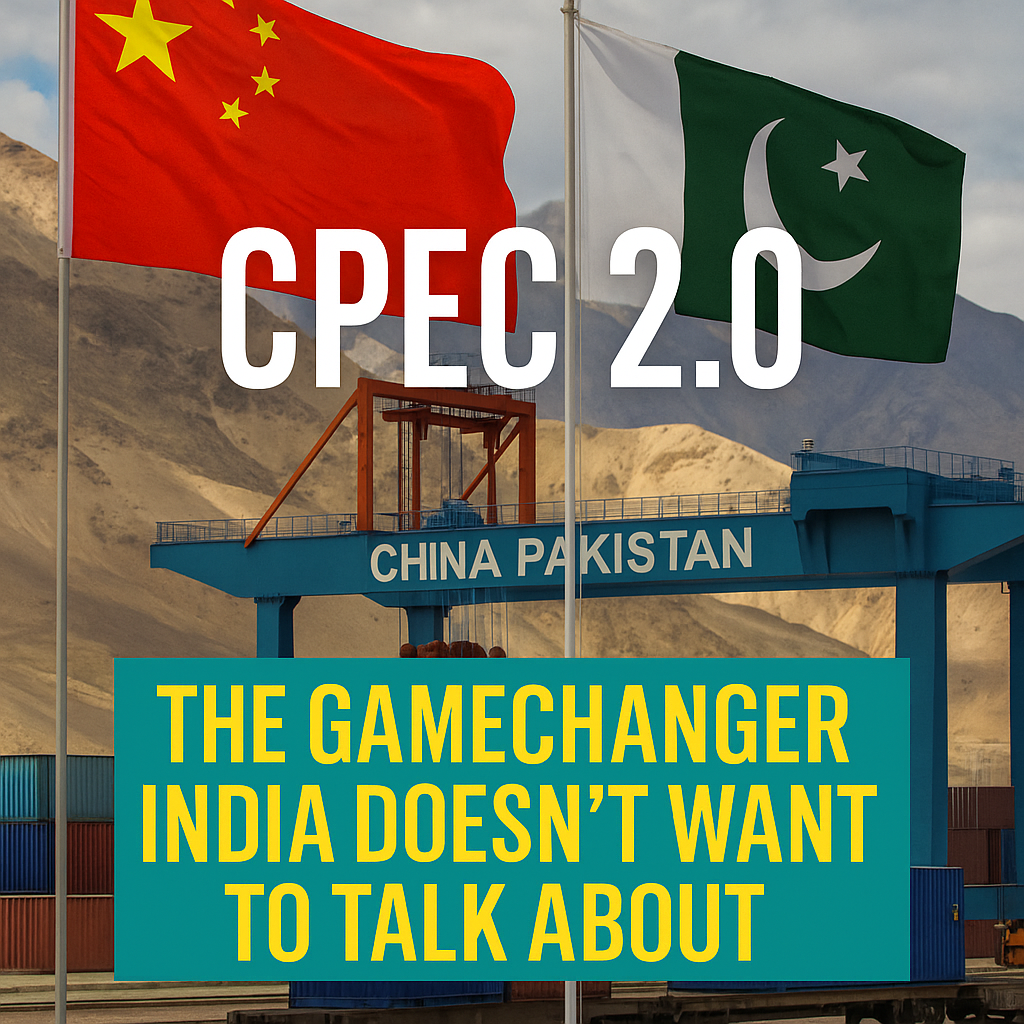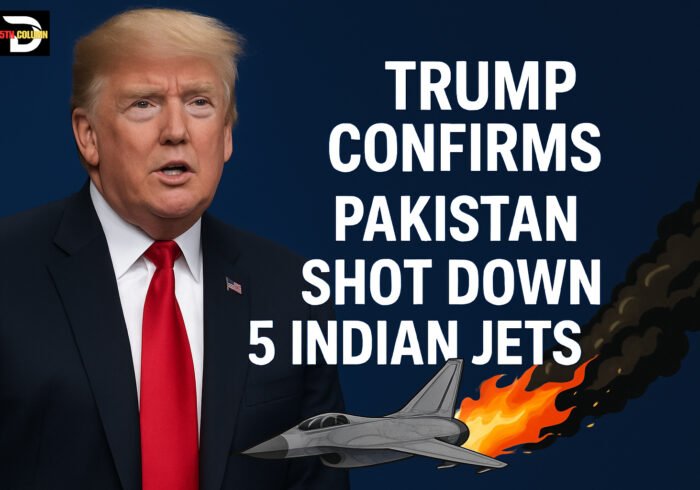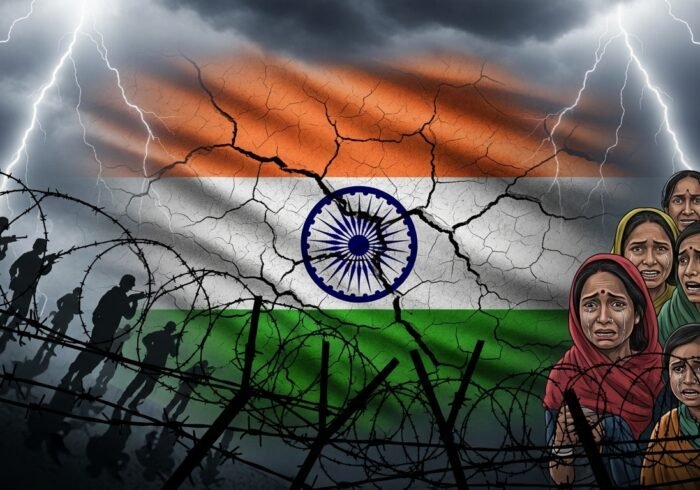Introduction: CPEC is Not Just a Road — It’s a Revolution
The China-Pakistan Economic Corridor (CPEC) has long been a point of envy, criticism, and false narratives — especially from across the border. But with CPEC entering its second phase, Pakistan is rewriting its economic destiny, while India continues to downplay and discredit what could be South Asia’s most transformative project.
This is not about roads. It’s about economic sovereignty, tech corridors, agricultural uplift, and regional connectivity — and Pakistan is right at the center.
🚧 Phase II: Beyond Infrastructure
While Phase I focused on roads, energy, and ports, Phase II is about:
-
Industrial cooperation
-
Agri-tech transformation
-
Special Economic Zones (SEZs)
-
Technology transfer
Rashakai SEZ, for example, is bringing in Chinese industrialists and creating thousands of jobs for skilled Pakistani youth — a practical answer to unemployment and underutilized potential.
🌾 Agriculture Boost: India’s Farmer Crisis vs Pakistan’s Agri-Rise
India’s recent farmer protests revealed structural issues in its agriculture sector — corporatization, exploitation, and suicides.
Meanwhile, CPEC’s second phase includes:
-
Smart irrigation
-
Crop monitoring through AI and satellite
-
Chinese investment in livestock and food processing
Pakistan’s rural economy, previously ignored, is now being digitally and commercially revitalized — turning farmers into exporters, not just survivors.
⚙️ Tech, Fiber & Future Connectivity
India tries to frame CPEC as a “debt trap” — but ignores that:
-
Over 60% of CPEC projects are FDI (Foreign Direct Investment)
-
Fiber optics through CPEC are enabling digital connectivity across Gilgit to Gwadar
-
Pakistan is emerging as a regional data route between China, Central Asia, and the Gulf
In contrast, India’s optical data routes are politically vulnerable, and their regional isolation from China and Pakistan is costing them influence.
🛡️ Strategic Narrative: Why India Feels Threatened
India opposes CPEC because:
-
It legitimizes Pakistan’s strategic control of Gilgit-Baltistan.
-
It strengthens China-Pakistan military and tech alignment.
-
It bypasses India completely in regional trade routes.
Indian media labels it “illegal” or “risky,” but fails to present an alternative. Pakistan, meanwhile, is not just participating in BRI — it is becoming a central hub of the Belt and Road itself.
🌍 Global Response: Not Just China, But the Region Watches
CPEC 2.0 is now attracting interest from:
-
Gulf countries for trade access
-
Central Asian states for energy corridors
-
Turkey and Iran for regional alliances
Pakistan is no longer isolated — it is being courted.
✅ Conclusion: Pakistan’s Vision, India’s Denial
CPEC is not a Chinese gift. It’s a bilateral win — and Pakistan is now setting the terms of its development narrative. As the region transforms, India clings to old maps and old fears, while Pakistan builds roads, zones, and futures.
The 5th Column stands to tell this truth: CPEC is real, it’s working, and it’s unstoppable.





